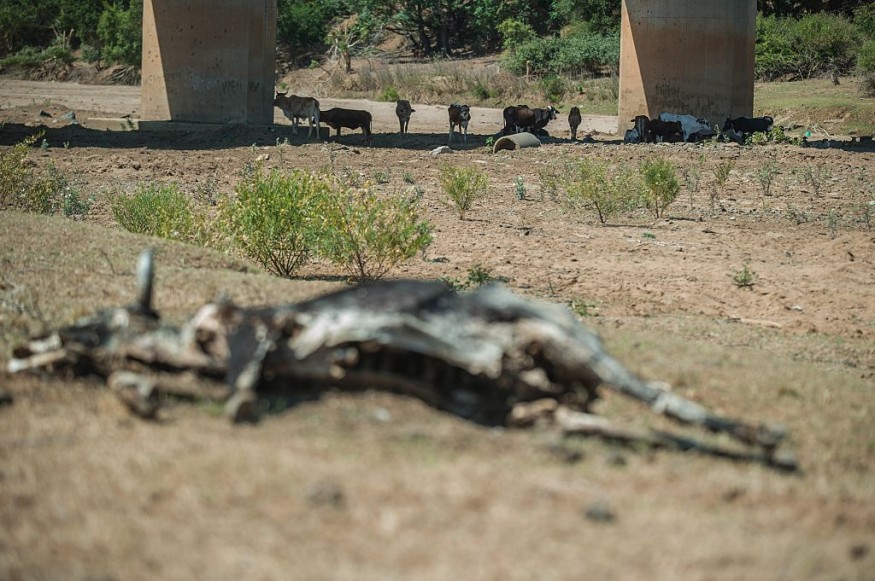
The drought crisis in the Horn of Africa has wrought havoc as more than 1.5 million livestock and cut cereal production drastically.
The region which relies mainly on livestock and agriculture is currently "on the brink of catastrophe" and that a "very small window" exists for taking urgent action, independent news organization of Al Jazeera reports.
"We are most definitely now sitting on the brink of catastrophe," said Food and Agriculture Organization (FAO) Director Rein Paulsen, at a virtual news conference on Monday after he visited the region. The regions needing support includes parts of Somalia, Ethiopia, and Kenya. According to Paulsen, the agency had put out a call for millions in funding it needs until June this year.
The director of emergencies and resilience at the United Nations agency said it is a key factor whether the region's long rains between March and May are good and whether the agency receives the $130m (£960,000) that it needs by June.
Severe impact on vulnerable households
The "extremely poor" short rains that came between October and December last year "represents the third consecutive failed rainy season with lower average rains, all of which has a severe impact on vulnerable households," the Morning Star quoted Paulsen.
As a result, the overall cereal production for the last rainy season in southern Somalia was estimated to be 58 percent lower than the long-term average, Paulsen said, adding that crop production is estimated to be 70 percent below average.
Meanwhile, most places for water that have usually been resilient to climate variability have dried up in Kenya, he told the news conference. "We have a window to the middle of this year - to June, which is a very time sensitive, narrow window for urgent actions to scale up to prevent a worst-case scenario."
"Agriculture needs a lot more attention. It's central to the survival of drought-affected communities," he noted.
Read also: DNA in Elephant Tusks Reveal Illegal Ivory Trafficking Networks: More than 4000 Tusks Tested
Dying livestock as a result of drought
During his visit to the region, Paulsen and his companions saw animals dying together with their farmers with "quite shocking" numbers. Additionally, the UN World Food Programme reports 13 million people face severe hunger as drought grips the Horn of Africa.
In Kenya alone, 1.4m livestock died in the final part of last year, while in southern Ethiopia, about 240,000 livestock died as a result of drought.
"It was quite traumatic driving through communities and seeing farmers tending livestock as they were dying by the side of the roads," Paulsen said. "Farm animals are not only crucial to people's livelihoods but provide milk for children, and the FAO is focused on providing urgent fodder and water to keep them alive."
"Harvests are ruined, livestock are dying, and hunger is growing as recurrent droughts affect the Horn of Africa," said Michael Dunford, Regional Director in the WFP Regional Bureau for Eastern Africa. He said that the situation requires immediate humanitarian action and consistent support to build the resilience of communities for the future.
© 2026 NatureWorldNews.com All rights reserved. Do not reproduce without permission.





